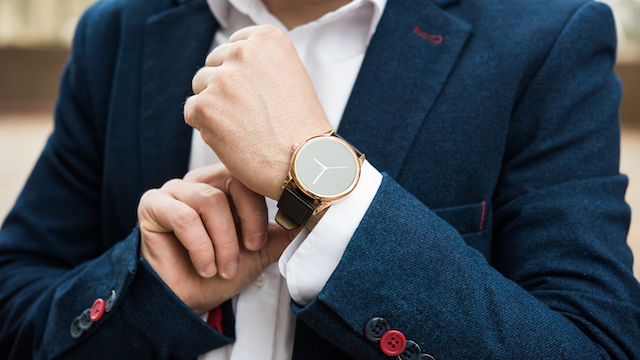New research shows that global sales in the second-hand luxury market are expected to grow at an average rate of 12 per cent year-on-year, compared to a 3 per cent average for the core luxury market.
The figures were released in a Boston Consulting Group (BCG) and Vestiaire Collective survey, entitled “Why Luxury Brands Should Celebrate the Pre-Owned Boom”, revealing three key drivers behind the rapid growth and detailing how luxury brands can benefit from the explosion of the resale market.
According to the survey, the resale industry is forecast to increase turnover from US$25 billion in 2018 to $36 billion in 2021, representing around 9 per cent of the luxury market.
Millenials and Gen Z are disrupting the market and placing greater importance on the social and environmental impact of their purchases than previous generations.
The BCG-Altagamma study revealed that the purchasing behaviour of 59 per cent of luxury customers in both the primary and secondary markets is influenced by sustainability, while 17 per cent of customers in the second-hand market purchase pre-owned because they consider it “truly sustainable behaviour.” The survey of Vestiaire Collective customers reveals similar data, with more than 70 per cent trying to shop ethically and 13 per cent saying that sustainability is extremely important to them. Of those that shop ethically, 57 per cent say that environmental impact is their primary concern.
Most second-hand luxury clients are attracted by affordable prices: 96 per cent of Vestiaire Collective members surveyed said they buy second-hand luxury pieces partly because they are looking for value for money. Another major advantage of the second-hand market is that 62 per cent of buyers are searching for pieces that are either out of stock, from previous season collections, or from limited edition releases, while 83 per cent stated they are drawn by the wide selection of products and brands which may no longer be available in the firsthand market.
Brick-and-mortar lagging online
The traditional brick-and-mortar luxury resale industry has produced very few players of any significant size as they focused on a specific product category or geographic footprint. By contrast, online resale platforms have won over consumers by offering far greater brand and product assortment.
In addition, each platform has developed a series of unique services such as curation, authentication and personalised marketing strategies driven by data insights. The increased professionalisation of the market has also attracted major venture capital investment.
Pre-owned luxury buyers are usually consumers who don’t have access to the primary luxury market, as 71 per cent of the pre-owned buyers surveyed lean towards items and brands they could not afford firsthand.
The second-hand market is thus a powerful way for luxury brands to connect with and anchor their brand in the minds of potential future primary customers. As second-hand luxury customers mature, their purchasing power tends to increase, making them ready to shift to the primary market. Of those surveyed, 62 per cent said that they bought a brand they like for the first time second-hand on Vestiaire Collective, and almost all of that 62 per cent said they would consider buying that brand again. Research also shows that 57 per cent would either definitely buy or would consider buying the item first-hand – making them solid prospects for the first-hand market.
Second-hand sellers typically use resale to recoup some of their money back on firsthand purchases, often so they can reinvest in new, full-priced luxury products. Of those sellers surveyed, 32 per cent said they were primarily selling because they wanted to purchase new firsthand goods. In addition, most pre-owned sellers do not tend to make many second-hand purchases.
For example, of total pre-owned sales on the Vestiaire Collective platform, 70 per cent are generated by sellers who rarely purchase second-hand. Forty-four per cent of sellers stated that they purchase more expensive luxury items than they would have bought without a resale market.
Furthermore, customers purchase more frequently, investing around the same amount on individual items but buying again once they free up their budgets. Pre-owned sales clearly boost these sellers’ purchasing power for new items and therefore create an opportunity to increase primary market sales, benefiting luxury players.
The pre-owned market extends the lifetime of luxury products – most products sold on pre-owned luxury platforms are of high quality, with 62 per cent unworn or scarcely worn.






